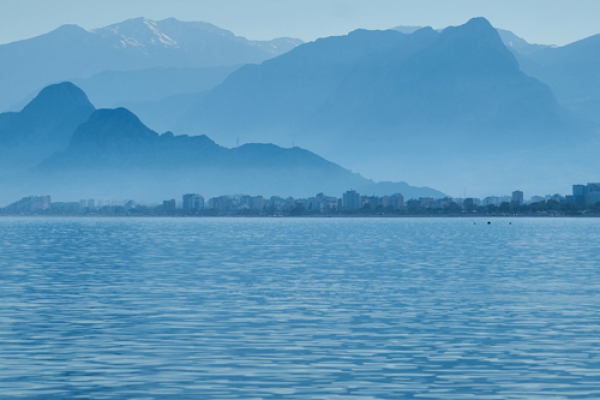The fiber optic cables from the seabed of the Canary Islands will detect earthquakes
A group of researchers from UAH, the Institute of Science of the Sea (ICM-CSIC), The Institute of Optics (IO-CSIC) and the Spanish network for the interconnection of the computer resources of universities and research centers (RedIRIS) convert the wiring of the sea floor that connects Tenerife and Gran Canaria into a network of seismic detection.
Thanks to DAS (Distributed Acoustic Detection) technology, which is a device that emits pulses of laser light through optical fiber and measures the small signal fractions reflected in microscopic imperfections inside the cable, earthquakes can be detected thousands of kilometers from its epicenter. These imperfections become reference points that change of position as a result of external factors, such as ground vibrations, and therefore modify the properties of backscattered light. Thus, a single cable connected to a single measuring device can be converted into a network of thousands of sensors.
In addition, to provide more coverage, two highly sensitive DAS devices developed by the UAH and the IO will be connected at the end of the cables of both islands, considered a seismic zone.
The aim of the researchers is to assess the level of detection of this new technology and to improve the location of earthquakes in the region with respect to the existing terrestrial seismic network. The experiment will also allow the study of other types of signals recorded by marine seismic networks that may be caused by processes related to gases or deep ocean currents. Finally, fiber optic wiring will be used to analyze other signals such as those emitted by some marine mammals, so it will also serve to study their behavior.
The devices will be collected in early September to analyze the data obtained.
Publicado en: Inglés
